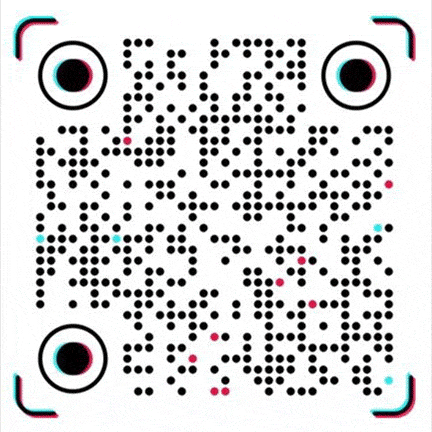Explore the various basic forms of PVC
In the field of materials, PVC (polyvinyl chloride) has attracted much attention due to its unique properties and wide range of uses. It is widely used in two major categories: flexible materials and rigid materials. In addition, there are various types such as CPVC, PVC-O and PVC-M.
Plasticized (flexible) polyvinyl chloride (density: 1.1 - 1.35 g/cm³)
Flexible polyvinyl chloride is prepared by adding compatible plasticizers to polyvinyl chloride to reduce the crystallinity. These plasticizers act like lubricants, cleverly interacting between molecules, making the plastic not only clearer and more transparent, but also excellent in flexibility. This form of polyvinyl chloride is sometimes called PVC-P. It is like a flexible dancer, able to easily adapt to various complex styling requirements and show its charm in many occasions where soft properties are required.
Unplasticized (rigid) PVC (density: 1.3 - 1.45 g/cm³)
Rigid PVC is a strong and affordable plastic material. Since no plasticizers are added, its molecular structure is tightly arranged, giving it hard properties. Like a sturdy guard, it has strong impact resistance. It can stand firm in the face of water erosion, bad weather, chemicals and corrosive environments. This type of PVC is also often called UPVC, PVC-U or uPVC, and plays an important structural support role in many fields such as construction.
Chlorinated polyvinyl chloride (CPVC)
Chlorinated polyvinyl chloride, also known as perchloroethylene, is made by chlorinating polyvinyl chloride resin. The high chlorine content gives it many excellent properties, such as high durability, excellent chemical stability and good flame retardancy. More importantly, CPVC can maintain stable performance in a wider temperature range, like an explorer with strong adaptability, calmly responding to the challenges of various temperature environments. Therefore, it is widely used in some special fields with high requirements for temperature adaptability.
Molecularly oriented polyvinyl chloride (PVC-O)
Molecularly oriented polyvinyl chloride, or PVC-O, is a regular layered structure formed by rearranging the amorphous structure of PVC-U. During the biaxial stretching process, its physical properties are significantly enhanced, such as stiffness and fatigue resistance, while also having the advantage of being lightweight. This is like an "upgrade evolution" of the material, allowing it to play a more outstanding role in fields such as pipeline engineering that have strict requirements on material performance.
Modified polyvinyl chloride (PVC-M)
Modified polyvinyl chloride, or PVC-M, is a PVC alloy material formed by adding specific modifiers. The biggest feature of this material is that its toughness and impact resistance are significantly enhanced, just like wearing a sturdy "protective suit", which enables it to effectively resist and maintain structural integrity when facing various external impacts. Therefore, in some scenarios where the impact resistance of materials is extremely high, such as underground pipeline laying, PVC-M plays an indispensable role.
With its rich and diverse basic forms, PVC shows its unique charm and value in different fields, and constantly promotes the development and progress of various industries.
Our platform connects hundreds of verified Chinese chemical suppliers with buyers worldwide, promoting transparent transactions, better business opportunities, and high-value partnerships. Whether you are looking for bulk commodities, specialty chemicals, or customized procurement services, TDD-Global is trustworthy to be your fist choice.















